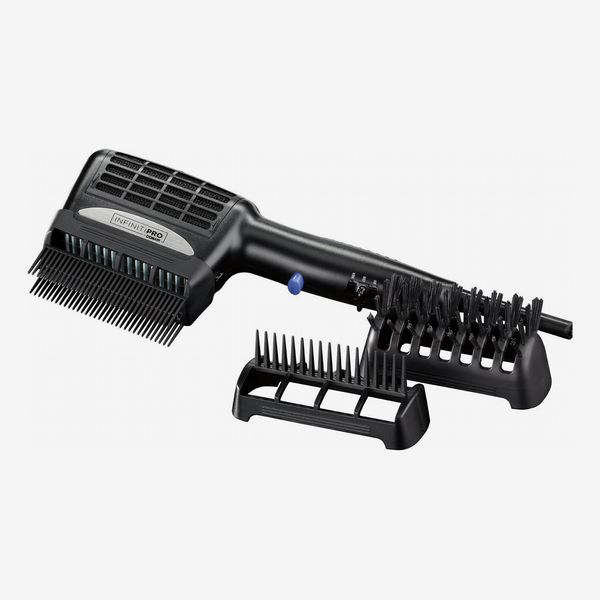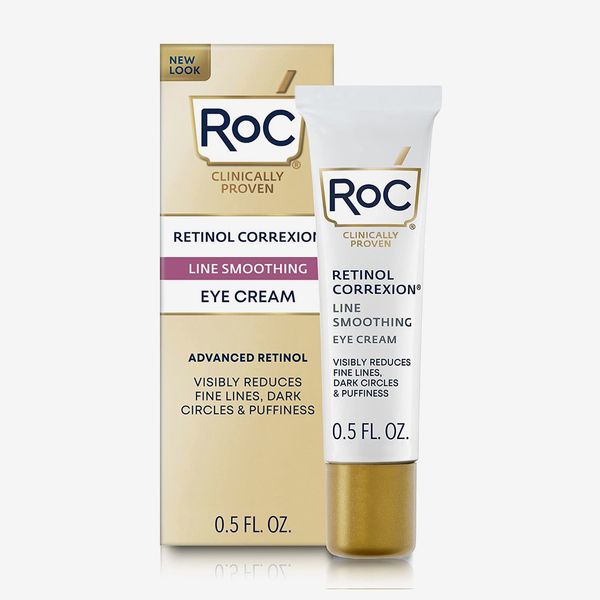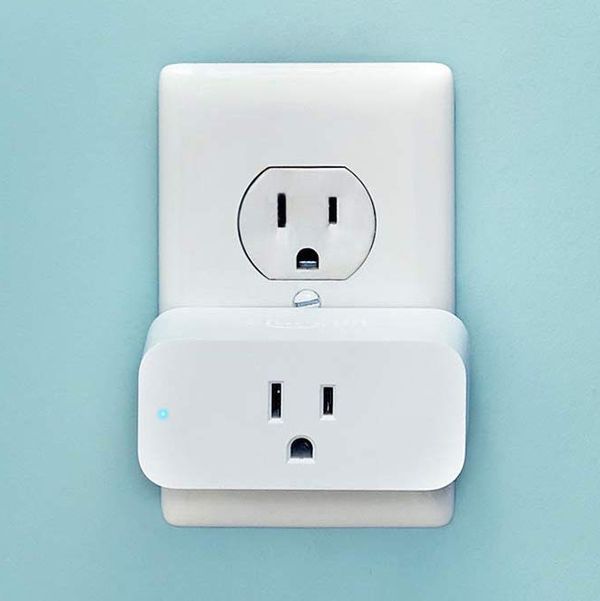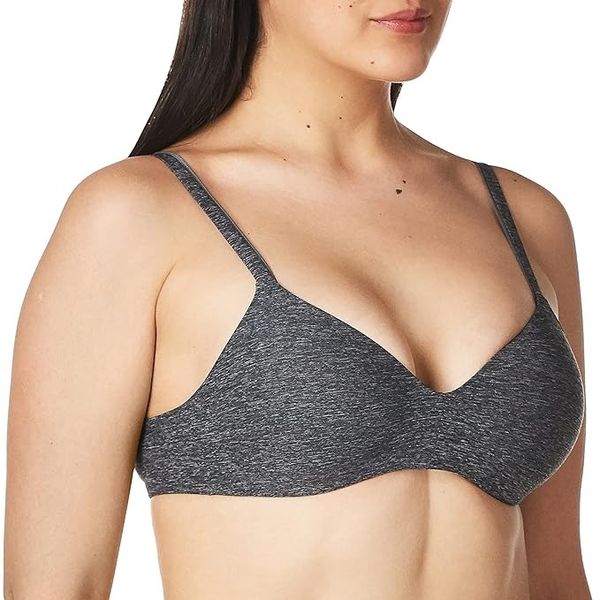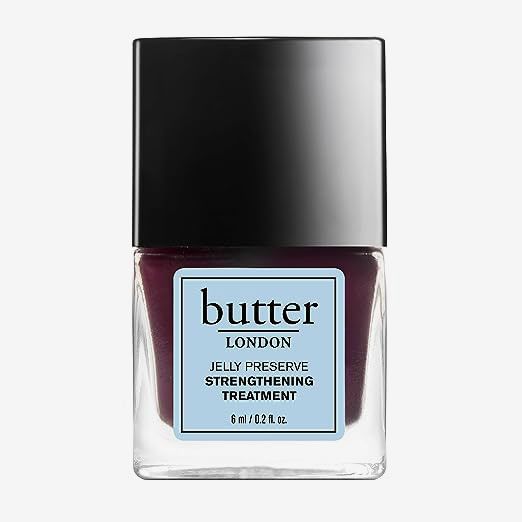Jump to section
At 6 months old, babies can’t thank you for a well-considered gift, but they can make eye contact, grasp objects in their little hands, and smile back at you. Because they grow and learn through play, the best gifts for 6-month-olds will both nurture their development and keep them engaged. To narrow the market of baby toys, accessories, and books, and help guide you toward the very best baby gifts out there, we spoke to child-development experts, as well as parents, for their picks.
While the experts agreed that the best thing for babies is adult interaction — talking, singing, and sensory play — toys can make those adult interactions more fun, and simple gifts that encourage sensory exploration, fine and gross motor skills, and cause and effect are best. Dr. Patricia Cantor, a professor of early-childhood education at Plymouth State University and the co-author of Techwise Infant and Toddler Teachers, gave us this easy rule of thumb: “You don’t want to get them something you turn on and they watch, you want to give them a toy they can do something with.” Read on for 31 gifts that our experts say will make a not-quite-newborn very happy. To make shopping a little easier for you, I’ve categorized everything into books, toys — and important to this age — teethers in the table of contents above. And as a mom to 1-year-old and 4-year-old boys, I’ve tried some of these with my kids firsthand and added a few notes of my own. For even more gifts — for kids ages 1 through 10 — head to our Toy Matrix.
Best gifts for 6-month-olds $15 and under
Of course, babies at this age put everything in their mouth as a way to explore and soothe emerging teeth. Things to help with teething — like this bright, textured silicone raspberry teether designed to help with the pain of incoming teeth — make great gifts for 6-month-olds, because they’re likely going to chew on whatever you give them anyway. “Everything you buy, you are buying with the knowledge that this is going to go into their mouth,” says Cantor. This nubby, pacifier-shaped one is a favorite of mom-of-two Christine Lee, who says her almost-6-month-old goes to town on it: “He holds it and chews all of it — the berry and the leaves. It’s his favorite chew toy.”
Here’s another teether that’s a little easier to hang on to, thanks to an interior grip. Strategist senior editor Simone Kitchens got it as a gift when her daughter was 3 months old. “She never took a pacifier (it always popped out), so this was great, especially in the car,” she says. “Now we keep it in the freezer and pull it out when she’s teething.”
Part teether, stuffed animal, and sensory toy, Cantor told us that Taggies can help keep a 6-month-old occupied at home but while on the go, whether in a stroller or on a plane. “These have a fair amount of interesting stuff for babies to do,” she explains. “There are lots of tags all around the outside and different textures, like a plastic ring or crinkly fabric,” that’ll hold little ones’ attention.
Chances are the baby in your life already owns this light-up musical toy, but in case they don’t, you must get this for them. They’re so ubiquitous that I would put my money on the fact that it’s probably one of the best-selling baby toys ever invented. I got one as a gift when I was pregnant with my older son and had to get a new one for the baby because it had broken from so much use. Strategist senior editor Winnie Yang says her 6-month-old “screeches so hard for it, he loves it so much.” It plays ten classic masterpieces from Chopin to Mozart, while colorful lights flash along to the rhythm of each melody. Babies love the music and are absolutely mesmerized by the lights. I call it “baby TV” because both my kids would be entranced by it for minutes at a time.
Books are always welcome gifts at any age, but three of our experts — Cantor; Dr. Tovah P. Klein, the director of the Barnard College Center for Toddler Development and author of How Toddlers Thrive; and Sarah MacLaughlin, a social worker and the author of What Not to Say: Tools for Talking With Young Children — all cited Baby Faces, by Margaret Miller, as their No. 1 recommendation for 6-month-olds. “Babies at 6 months start to be more inclined to pay attention to a book, and they’re starting to notice other babies’ faces. They really like to look at other babies,” says MacLaughlin. Klein further explains, saying, “The words are not the most important part. Looking at a picture and the interaction with the parent around the book gives the message that looking at books is a positive thing.” My son Solomon, who recently turned 1, still loves looking at the faces in this books and attempts to mimic the emotions that he sees.
Cantor also likes books by Helen Oxenbury for this age, noting that you should always look for board books because they are sturdy and can stand up to a lot of wear and tear. (You can also easily prop the books up in front of them during tummy time, too.) “Clap Hands has very simple pictures and actions that adults can do with babies,” says Cantor, who explains the educational value of the book like this: “Babies really learn language when you use a word while matching it to an action or an object. So if you’re reading the book Clap Hands while actually clapping your hands, they’re going to pick up that language much faster.”
Alexandra Figueras-Daniel, an assistant research professor at National Institute for Early Education Research (NIEER), recommends books from a series called Indestructibles, which are made with what the publisher calls “ultra-durable, tight-woven material” that’s rip- and water-proof. The books are also very flexible, which she says is great for 6-month-olds because they can actually flip through it and hold it in their hands. (I know from experience that the pages make for an excellent on-the-go teether as well.) This helps them to “learn to turn the pages, and that eventually develops into literacy skills,” which Figueras-Daniel says are important to start encouraging at an early age. “Sometimes we take for granted that those are skills that we learn: That we read from left to right, where the words on the page start, or where on the page words are even placed,” she adds. Strategist senior writer Liza Corsillo is also a fan: “We have five of these books and they are always the first thing I pack in case our son gets fussy when we go out to the park or to brunch. He likes to chew it, fold it, shake it really hard, and even tries to turn the pages. He uses it like a noisemaker.”
MacLaughlin told us that, at 6 months, babies still don’t see a full range of color, so high-contrast toys and books are attractive to them. She suggests board books in black and white, like “this series of board books made specifically for babies by Tana Hoban.”
These lift-flap-books are another favorite of Figueras-Daniel because they’re interactive, with “a little bit of cause and effect mixed in there, too.” (She likes that Where Is Baby’s Belly Button? comes in a Spanish edition as well.) A book like this lets a parent talk through what’s inside with their child by pointing at the different body parts within and describing them, Figueras-Daniel explains. “They don’t have to be books with a plot,” she says. “Books that even simply have one object where you can talk about the name of that object are very helpful for encouraging speech and learning nouns.”
As basic as these stacking cups appear, they actually aid in the development of fine motor stills, which are still rudimentary at this age, according to Cantor. She and other child experts recommend stacking toys like this that babies can play and experiment with at six months and grow into later. Both Cantor and Klein suggest this set of lightweight nesting cups, which are a popular baby-shower gift. As event planner and mom Elizabeth Verrelli explains, “They can be incorporated into almost any level of developmental play,” even as a baby gets older. “I cannot believe how much mileage we’ve gotten out of them.”
“One gift I would get them is a mirror with soft backing,” says Cantor. “They like looking in the mirror — they have no clue it’s themselves, but they like doing that.” MacLaughlin seconds this idea, noting that a mirror a 6-month-old can look at during tummy time, like this fold out mirror, would be even more functional. Because of its shape, the mirror stands up so a baby can play with it while they’re laying on their stomach. And it’s soft, so they won’t hurt themselves on any sharp corners.
At 6 months, babies really begin to enjoy bath time because they’re able to sit up and splash around with more control. This flamingo, which lights up when it hits the water, makes the occasion even more exciting. “Our daughter still goes nuts for this thing,” says Kitchens. “It turns the bath into a club.”
It may sound simple, but MacLaughlin says a ball that a baby can pass back and forth with parents would make for a good gift for a 6-month-old. “We know that babies’ brains build through those back and forth interactions with a caregiving adult,” she explains. “We call it serve and return.” She adds that even if mom or dad has to do most of the passing, rolling the ball coupled “with lots of eye contact and laughing is good for their motor skills and social-emotional development, as it draws the connection between the child and adult.” The four balls in this pack will act as sensory toys, thanks to their soft nubby texture.
For something more traditional and equally as versatile, consider this five-inch bouncy ball that Corsillo bought for her 6-month-old “on a whim because it is adorable and baby-size.” She liked the bug print as well as the “very satisfying texture (classic playground-ball crosshatch) that I knew my son Arlo would appreciate,” she says. They play with it in a number of different ways: “I put it between his thighs while he sits up in front of me as a focal point to help him balance. I hit it like a drum (it has a nice deep sound) and invite him to do the same. And sometimes I’ll put him in a carrier facing out, put the ball on a countertop across from his dad or grandparent and let him kick it.” Finally, the cute critter illustrations make for good baby-and-me conversation, too.
Best gifts for 6-month-olds under $50
This motor-skill-honing cube is a more flexible (and therefore perhaps easier) version of rigid shape sorters you’ll see populating toy guides for this age. (Figueras-Daniel calls it “almost like the precursor to a shape sorter.”) Instead of having hard edges, the box’s sides consist of elastic strings in various patterns that will challenge a 6-month-old to “put objects inside of it by kind of budging them through,” she explains, without frustrating them. Unlike other shape sorters, babies can also reach inside to pull the blocks out, making it much more interactive and rewarding for baby.
If the stacking cups above feel too simple, Cantor recommends these these soft stacking rings that are a bit more challenging. “They’re not really going to be stacking the rings just yet,” she says, “but they like to hold them in each hand and bang the rings together.” (The fact that they’re fabric also means that they “won’t bang themself in the head with them.”)
Figueras-Daniel loves this wobbly little penguin for another cute way to experiment with cause and effect — and music. The toy stands back up after your little one bats at it, while a built-in bell makes a soothing, tinkling sound as it sways from side to side.
At around 6 months, babies are beginning to get around on their own, and this roaming light-up bee toy, which Strategist contributing editor Jessica Silvester bought for her 8-month-old after first spotting it on Eva Chen’s baby list, is a great way to get them moving. I got it for my baby this past Christmas, when he was about 7 months old and was just beginning to crawl. The bee, which is removable and doubles as a rattling wobble toy, sits on top of a cloud that moves in a circle or in a more random pattern, encouraging babies to go after it. It plays the cutest music that reminds me of the theme song from Super Mario, and it’s just so adorable to look at. Solomon went wild for this thing when he first got it— and still does, now that he’s 1.
Hillary Dixler, Eater’s restaurant editor, says that her daughter loved this light-up drum from Hape when she was around 6 months old (she still plays with it at age 2). It’s the perfect size for helping a little one practice sitting up. “She liked that you could lean forward onto it,” Dixler says. “Plus, that age was all about banging, and this drum rewards that banging with different drum tones and, when it inevitably falls over, different melodies.” Another feature Dixler appreciates is that the noises and drum music are actually cute. “I really can’t overstate how rare it is to find noise-making toys that don’t make you want to crawl out of your skin,” she says. “This one — even the drum melodies it plays on its side — truly are tolerable!” Plus, she adds, you can turn the volume down to medium.
Once they’ve gotten the hang of stacking things, they could graduate to these weighted spheres with a rubbery finish that makes them easier for small hands to grip. “You stack them from largest to smallest,” explains Figueras-Daniel, “but you could do other things with them too.” The toys’ rounded shape means they can wobble, spin, tilt, and roll, making them a more dynamic plaything. Plus, their weight and shape makes them “fun to hold,” according to Figueras-Daniel.
MacLaughlin says that making a picture book by filling a soft album like this with photos of baby and family would make for a thoughtful gift that’s developmental. “They may not necessarily know that it’s them and not another baby but that doesn’t matter.” she explains, adding, “At this point, their vision is getting better so they’re becoming a lot more aware of the world around them.” In addition to being soft and flexible, this autumnal album has plastic sleeves to help protect photos from the baby’s drool (plus adorable forest-themed illustrations and characters).
To accompany the light-up drum, try these little egg-shaped shakers that fit perfectly into baby hands, helping them practice grasping and clutching skills while teaching cause and effect. Cantor recommends them, saying, “If they move their hand and this little egg shaker makes a noise, that’s going to get their attention, then over time, they’ll start to realize that their action is what’s causing the noise.”
Our experts say that some babies at 6 months can hold themselves up on their elbows, while others have trouble with it. To help them master this ability, MacLaughlin suggests gifting this snake-shaped pillow that you can use to prop a baby up on their stomach or to support their back when they are sitting. “A lot of babies don’t like the feeling of their face on the floor if they don’t yet have the arm strength to hold themselves up,” she explains. “This prop supports tummy time which is very important for babies at this age.”
Gifts for 6-month-olds under $100
If you’d rather take the guesswork out of gifting age-appropriate toys to the 6-month-old in your life, consider Lovevery’s development-specific Play Kits, which are a favorite gift here at the Strategist. Vox Media consumer revenue director Brooklyn Pesta especially loves the box for 5- and 6-month-olds. “The toys are designed so well for that developmental stage,” she says. “My son and I got a lot of play time out of them, and everything is beautifully made.” In this particular box, the tummy time wobbler and spinning rainbows were “huge hits,” and her son really liked pulling out all the fabric tissues from the magic tissue box and “spreading them everywhere.” Boxes cost $80 each and come every two months for the first year (they go up to age 4). The beauty of these play kits is that they’re so nicely made that you can always hand them down to a younger sibling — or relative, or friend — and feel good about it. Solomon currently plays with everything his older brother did. (If you’d rather try a single toy, Lovevery also sells individual pieces like this hide-and-drop box that introduces the concept of object permanence to little ones. Cristal Cameron, HR business partner at Vox Media, recommends it, saying that it’s been a hit with her son, starting when he was about 6 months old to now.)
The Strategist is designed to surface the most useful, expert recommendations for things to buy across the vast e-commerce landscape. Some of our latest conquests include the best acne treatments, rolling luggage, pillows for side sleepers, natural anxiety remedies, and bath towels. We update links when possible, but note that deals can expire and all prices are subject to change.
